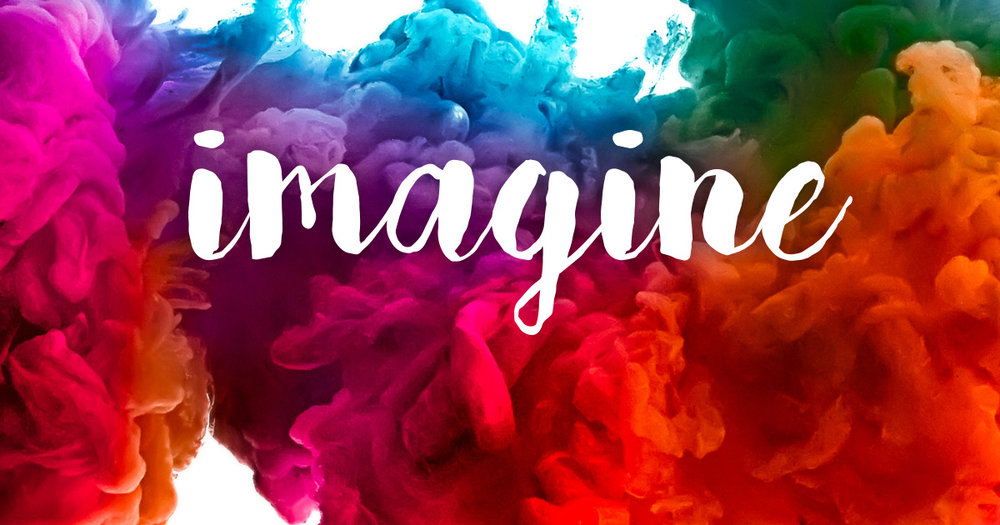At the crossroads of a new year
Imagining the future
I am sharing a storytelling process I did last year as part of a course I was taking at about this time. I found it both delightful and inspiring. This is why I am sharing it with you. I would like to credit Mary Alice Arthur and Holger Scholz for this process. It’s perfect for a moment like this one, as we transition into a new year, a time that often feels like a crossroads. However, you can do it anytime and it is especially helpful if you are reflecting on your life or work.
The process is simple, it requires nothing but a quiet space for you to be in, alone, paper and pen and an open mind. It does not take long. Set aside at the most 45 minutes. I promise it is always fascinating to witness what emerges from our mind when we invite it to tell a story about ourselves from the standpoint of an observer.
STEP 1. Decide that you are a storyteller
You are human. You are therefore a storyteller, whether you know it or not, whether you believe it or not. We all have stories. Often our stories are so deep we don’t even know that they are running the show. But these stories impact our ability to take action in the world. What has happened until now has happened and you can’t change that. But what you can change is the meaning you decide to make of it.
In this process, the invitation is to look at the story of your life in a different way and then to ask yourself where it goes from there. You’re going to be writing your own real life story but in the form of a myth or a fairy tale, and in the third person. Writing in the third person makes it much easier to allow whatever unfolds in the story to simply unfold. You are in this story but you can stand outside it at the same time.
STEP 2. Create a conducive environment
Find a quiet place to sit and write. Ask those you live with to give you some quiet, alone time. Make sure that the desk or table you are sitting at is uncluttered. Move away everything you don’t need. You might want to place an object on the table that represents beauty to you. It can be a flower, candle, picture, or a sculpture for example. The most important thing is that you create a peaceful, clean and pleasant space for yourself.
Make sure you have a few pieces of paper and a pen (especially one you like to write with!) available.
STEP 3. Use the recording to create a resourceful state of being
I suggest you listen to the recording below in order to complete the process. I will start with a short guided centering meditation so that you can invite yourself to take on an open and receptive posture. I offer a short introduction about the process and then give you several prompts which are the beginning of sentences that you will need to finish in order to tell the story. I suggest you turn the recording off after each prompt to give yourself the time you need to complete each segment of the story. I list the prompts below.
Give yourself spaciousness to be with the story and to let what wants to comes, to come. Choose to drop any judgement about what emerges or to correct or change what you write. Allow the pen to flow on paper. If you really get stuck and you notice yourself getting hard on yourself, choose to drop the inner critic and be kind with yourself. Come back to this process later if you still feel like you would like to try it out. There is no need to force, push or achieve anything here except allowing a fairy tale to emerge and extracting whatever wisdom it offers you.
Though the prompts are listed below for your reference, I suggest you use the recording for this process especially because I guide you through a short centering meditation before the process begins which will help you switch into a more open and receptive state.
These are the prompts to use to write the story:
Once upon a time there was ….
S/he was given the gifts of ….
And also ….
And then ….
Finally s/he came to the crossroads called ….
Standing at the crossroads was ….
Who tells him/her that ___________ must be left behind and _________ must be picked up now to move forward, and hands him/her a parchment paper which reads ….
STEP 4. Reflection
Set aside what you have written and later today or on another day (in the not too distant future) re-read your story and reflect on the following questions:
- What are the gifts you hold and how are you using them? How would you like to further leverage these gifts?
- What strikes you about the story that you want to remind yourself of?
- Is there anything in the story that feels like a call to action? If so, what steps do you need to take? Be concrete (what, when and where) and make sure to keep the steps small and manageable.
I hope you enjoy the process and I hope some useful and inspiring words of inner guidance for 2020 emerge.
Wishing you a healthy and purposeful 2020!
With love,
Kim

